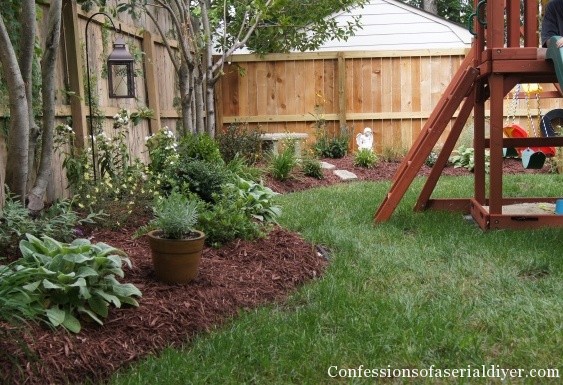Department of Agriculture plant strength area 5, yet can likewise live in the warmer areas of area 4. Lovers grow them as sampling trees, hedges, windbreaks and displays. There are several varieties on the market, with multicolored vegetation and flowers. Hosta leaves are dramatic and also huge, adding shade and also appearance to the landscape. These plants can mature to 4 feet, depending upon the certain variety, developing enormous clumps.
How fast do eastern red cedars grow?
The Red Cedar is not really a Cedar but is actually a juniper. It has a medium growth rate of 12-24” per year with sticky foliage that is a dull green from spring to fall, and in the winter can be green or turn brown or purple.
Just How to Room Red Cedar Plants
What can eastern red cedar be used for?
Eastern red cedar is a tree. The wood, berries, and leaves are used for medicine. People take Eastern red cedar for cough, bronchitis, joint pain (rheumatism), water retention, and flatulence. They also take it to improve appetite and digestion, and as a treatment for fungal infections and worms.
In the loss, plant trees at least six weeks prior to the initial expected frost so their origins become developed before cold weather gets here. Juniperus virginiana expands best in full sunshine and also is versatile to many dirt types and problems. Thuja plicata, which additionally likes full sunshine, grows in deep loam, however is tolerant of a wide variety of problems after it has been developed. Cedar-apple corrosion may affect Eastern red cedars, while bagworms attack both species.
How do red cedar trees grow?
Red cedars can also be propagated via cuttings. Cuttings should be taken in late fall, winter or spring when the tree is dormant and the sap has slowed. Try to take the cutting in the early morning. To grow a cedar from a cutting, you will need a 3- to 6-inch piece of current year's growth.
In sandy soils or warm, gusty problems, you might have to water them more regularly. Spread 2 to 4 inches of timber chips under the tree to save moisture as well as keep weed growth down. Spread out the plant food on the ground under the tree, gently till it in with a rake or hoe, and water well.
- Its vegetation transforms greenish-yellow or brown in the autumn and wintertime.
- Eastern red cedar (Juniperus virginiana) gets to elevations of 40 to 50 feet and has a spread of 8 to 15 feet, but is commonly rather smaller https://zenwriting.net/gwrachga20/but-it-actually-is-a-work-that-many-think-about-enjoyable-and-it-uses in growing.
- The trunk is covered in furrowed reddish-brown bark that transforms gray as the tree matures.
- When squashed, the flaky dark-green fallen leaves have a resin gland that generates an aromatic odor.
- It grows between 50 as well as 70 feet high with a 25-foot spread in cultivation, yet wild trees can get to heights of 200 feet.
- Western red cedar (Thuja plicata) has a natural conical shape.
Eastern Red Cedar - juniperus virginiana
How often do you water western red cedar?
Spacing- Single row 12 ft apart, Double row 14 ft apart between rows and plants, multiple rows 20 Look at more info ft between rows and plants. The Red Cedar is a recommended windbreak tree but consider all the conditions above when selecting this tree.

Aromatic & stunning with an all-natural bug spray, Western red cedar is pitch and also resin-free. Which suggests it's ideal for accepting as well as holding a variety of lovely coatings. Cedar also can be found in a variety of lumber measurements, surface area textures and grades. So whatever your preferred effect is, Western Red Cedar is the best option.
Both Eastern and also Western red cedars are offered in cultivars, or cultivated varieties. Juniperus virginiana "Grey Owl," for example, expands around 18 feet high with a 3- to 6-foot spread, and yields silvery-blue vegetation with a fine structure. The vegetation on "Emerald Sentinel," a women Eastern red cedar cultivar, generally maintains its dark eco-friendly shade throughout the cold weather.

Plant eastern red cedars in moist to dry dirt, since this tree does not endure waterlogged dirt. Check out the roots, and also cut away any kind of harmed or excessively long origins with a set of trimming shears. Eastern red cedar trees (Juniperus virginiana) are conical trees covered with aromatic dark green needles. This evergreen, native to eastern North America, expands in U.S.